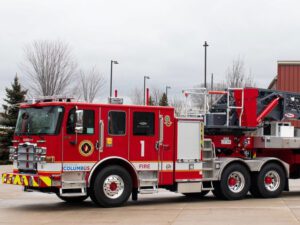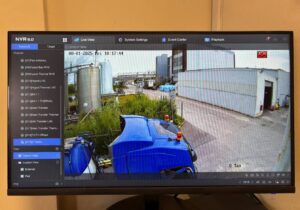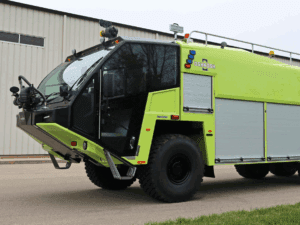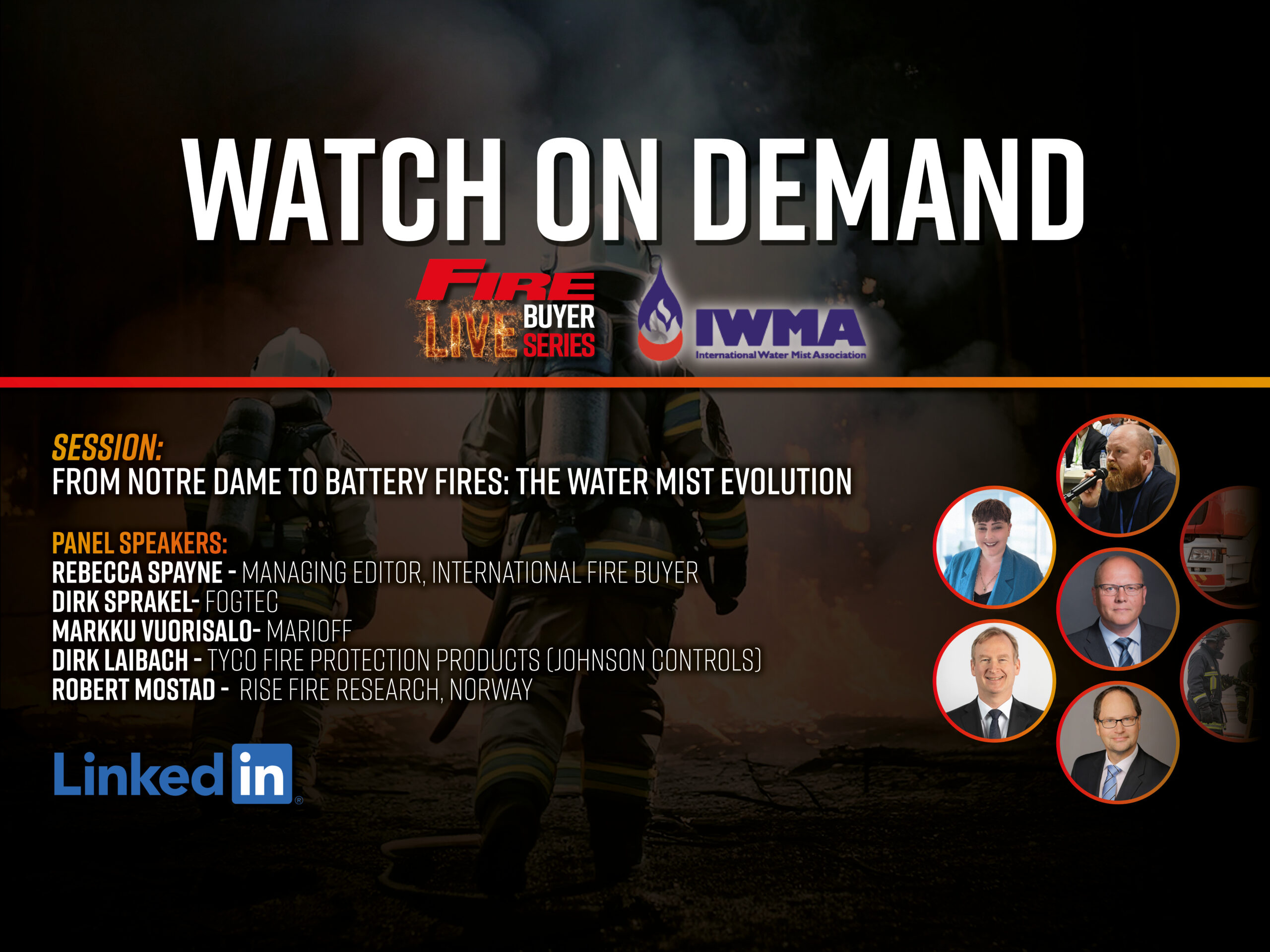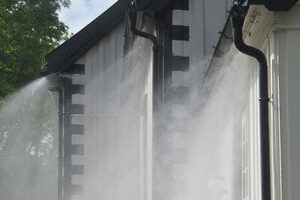Dirk Sprakel, Vice President, International Water Mist Association and Chairman of the Management Board of FOGTEC, discusses water mist’s evolution and impact
Water mist technology is no longer a niche alternative but a strategic tool in sustainable fire protection. Dirk Sprakel explains how performance, ESG alignment and adaptability are driving its adoption across heritage, commercial and high-risk energy storage sectors.
Can you begin by outlining your background and involvement in the water mist sector?
I have been with FOGTEC Fire Protection for almost 30 years, and that journey has run in parallel with the wider development of water mist technology. Over that time, I have been active not only in commercial deployment but also in many standards and guideline groups, from NFPA to CEN and German committees. I have worked closely with research partners such as universities, testing houses and institutes, contributing to large-scale trials and validation work. Much of my role has also involved engaging internationally with end users, consultants and regulators to help ensure that water mist is applied correctly and earns its place as a serious fire protection solution globally.
What makes water mist fundamentally different from traditional fire suppression technologies?
Water mist combines the core advantages of established technologies while avoiding their main drawbacks. Traditional sprinkler systems use large water volumes, which creates significant water damage, demands large storage tanks and requires intrusive pipework. Gas systems, while effective in sealed environments, come with safety implications for personnel and require airtight rooms and strict isolation. Water mist systems use only a fraction of the water but create extremely fine droplets with a massive surface area.
This dramatically improves heat absorption and smoke scrubbing performance. Because of the lower water use, storage requirements are minimal and piping is small and discreet, allowing for elegant integration into sensitive architecture such as historic buildings. At the same time, unlike gas solutions, water mist can operate safely in occupied areas without needing evacuation delays or restricted access. It also avoids the environmental drawbacks associated with chemical agents, aligning with modern sustainability expectations.
Why has the technology been misunderstood or met with scepticism in parts of the industry?
There has been a long-standing instinct in fire protection that “more water means better suppression.” Telling experienced professionals that a system using a fraction of the water will outperform a traditional sprinkler feels counterintuitive. That scepticism is understandable because it challenges deeply ingrained assumptions. Water mist works because of droplet behaviour, not volume; the fine spray extracts heat rapidly, suppresses flames efficiently and even washes toxic particles from smoke.
The technology also originated from outside the conventional sprinkler and gas suppression industry, which meant it had to earn credibility through testing and proven performance rather than reputation. Acceptance has grown, but only because of rigorous fire testing, international collaboration and the consistency of the results.




